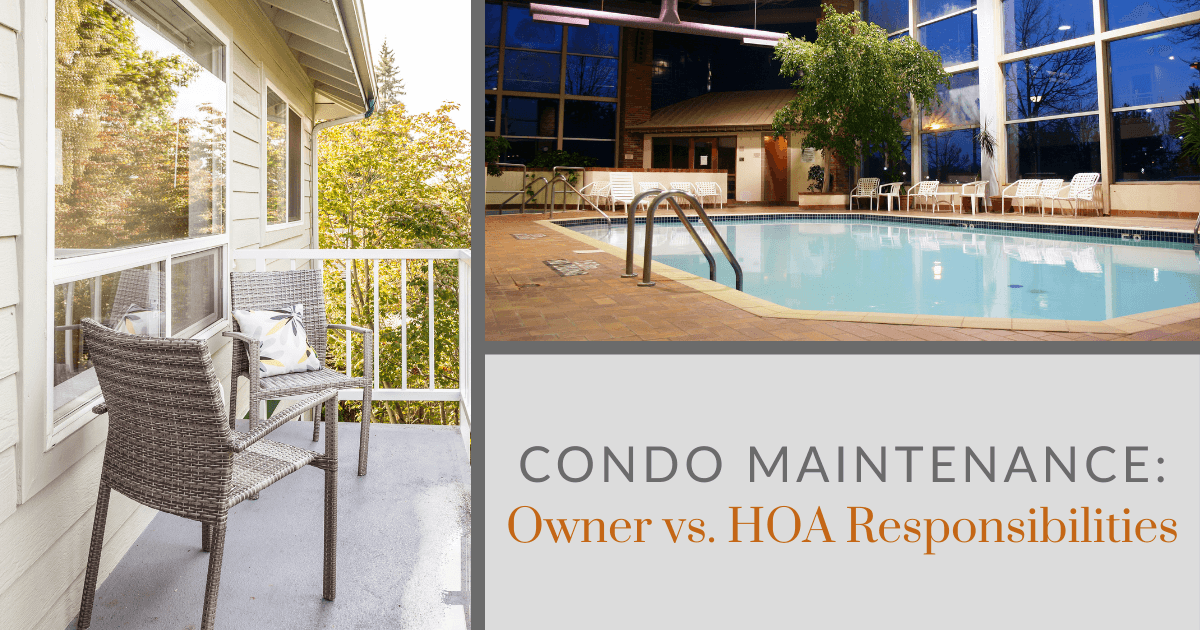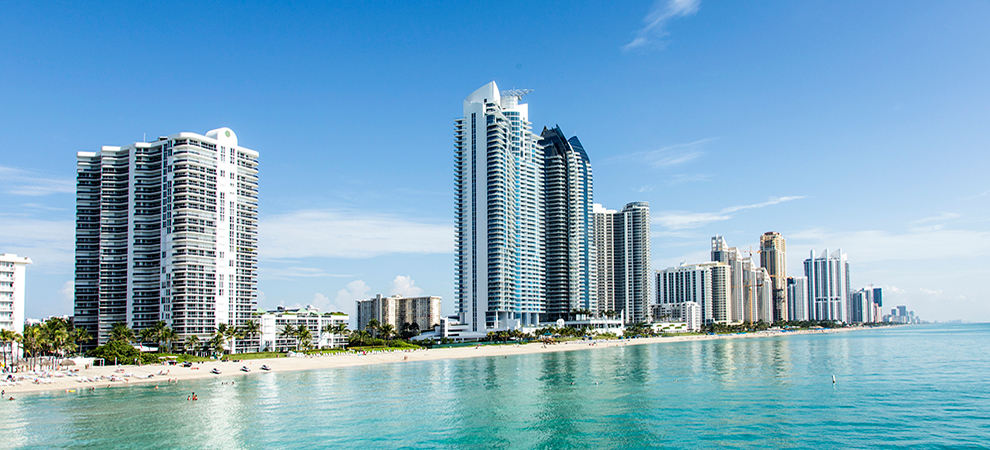How to Deal with Conflicts in an HOA Condo Setup
How to Deal with Conflicts in an HOA Condo Setup
Blog Article
The Duty of an HOA in Establishing and Enforcing Area Guidelines for Citizens
The duty of a Homeowners Organization (HOA) in implementing and establishing community guidelines is basic to preserving a cohesive and orderly residential environment. By creating clear regulations that regulate aspects such as home maintenance and community conduct, the HOA not just establishes standards for locals yet additionally cultivates a feeling of belonging and accountability.
Comprehending Property Owners Associations
Homeowners organizations (HOAs) function as governing bodies for residential areas, playing an essential duty in preserving building worths and promoting a sense of community. Generally formed by designers, HOAs are made up of property owners within a designated area who elect a board to look after the association's tasks. The main functions of an HOA include enforcing neighborhood policies, handling common locations, and organizing community occasions.
HOAs run under a collection of controling documents, consisting of problems, agreements, and limitations (CC&R s), which describe the rights and duties of home owners. These policies intend to guarantee that residential properties are maintained to a specific criterion, thereby shielding the aesthetic charm and overall value of the area. Additionally, HOAs often gather fees from property owners to money maintenance, landscaping, and various other social work.
The presence of an HOA can dramatically affect the living experience within an area (hoa condo). While some residents value the organized atmosphere and amenities offered, others might find particular policies limiting. Stabilizing the passions of all property owners is crucial for an HOA to work properly, making sure that it serves its desired purpose of enhancing community living while valuing specific homeowner rights
Establishing Area Standards

To start, an HOA should carry out surveys or hold conferences that permit residents to voice their problems and suggestions. This participatory procedure cultivates a feeling of possession and increases compliance. Next, the HOA board must examine the responses to identify usual themes and top priorities that require official incorporation in the standards.
It is likewise necessary to make sure that the guidelines are clear, succinct, and quickly comprehended. Ambiguities can bring about misconceptions and problems, threatening the objective of the standards. The guidelines ought to be detailed, covering different elements of community living, including home upkeep, noise degrees, and usage of common areas.
Enforcement of Rules
Effective enforcement of area guidelines is important for maintaining order and making certain that all homeowners follow the developed standards. An HOA should apply a structured technique to enforce these regulations, which often entails a mix a knockout post of surveillance, interaction, and penalties for non-compliance.
First, regular examinations and area patrols can help determine offenses, making sure that guidelines are consistently applied across the community. This aggressive tracking enables the HOA to address problems prior to they escalate, fostering a sense of accountability amongst residents.
2nd, clear interaction is necessary. Residents must be informed of the regulations and the treatments for reporting offenses. An open line of interaction motivates homeowners to voice concerns and look for information on guidelines, which can enhance conformity.

Lastly, when infractions occur, the HOA must implement consequences as detailed in the regulating files. By successfully imposing rules, an HOA can cultivate a harmonious living environment that mirrors the collective values of its locals.
Advantages of HOA Laws
Many advantages arise from the execution of HOA laws, which offer to enhance the quality of life within a community. One key benefit is the maintenance of home worths. By applying criteria for aesthetic appeals and upkeep, HOAs guarantee that homes and usual locations remain attractive, cultivating a preferable living atmosphere that can lead to enhanced building values with time.
Furthermore, HOA policies promote uniformity and uniformity within the area. This comprehensibility in style and upkeep helps to develop a feeling of belonging among locals, adding to community satisfaction and a favorable environment. Moreover, established standards promote dispute resolution among next-door neighbors by offering clear expectations and protocols for actions, consequently minimizing conflicts.
An additional substantial advantage is the arrangement of common facilities and solutions. Several HOAs take care of area centers Discover More Here such as swimming pools, parks, and clubs, which enhance entertainment possibilities for residents. These services not just enhance the lifestyle yet additionally motivate social interaction.
Eventually, the regulations set forth by an HOA grow an efficient, harmonious neighborhood, making sure that homeowners enjoy a high standard of living while cultivating a helpful atmosphere for all homeowners.
Usual Obstacles Encountered by HOAs
In the middle of the advantages that home owners associations (HOAs) can offer, they likewise encounter a variety of difficulties that can impede their effectiveness. One substantial problem is the absence of resident involvement. Lots of property owners may not take part in conferences or community activities, leading to a disconnect in between the HOA board and locals. This disengagement can cause misunderstandings concerning area guidelines and a lack of assistance for enforcement efforts.
Disagreements can arise when residents really feel that enforcement is irregular or prejudiced, potentially leading to conflicts within the area. Furthermore, HOAs often deal with financial constraints, which can restrict their capacity to preserve page common areas or fund community tasks.
In addition, browsing legal intricacies can be discouraging for HOAs. They have to ensure conformity with state regulations while handling their own governing documents, which can be a source of confusion. Lastly, progressing and altering demographics community needs require HOAs to adjust their guidelines, often fulfilling resistance from enduring homeowners who are accustomed to typical norms. Dealing with these obstacles is vital for promoting a unified and successful community.
Conclusion

By developing clear policies that control aspects such as residential property maintenance and neighborhood conduct, the HOA not just establishes standards for locals yet additionally cultivates a sense of belonging and accountability.Homeowners associations (HOAs) offer as controling bodies for domestic neighborhoods, playing a crucial role in maintaining home worths and promoting a feeling of neighborhood. Several property owners may not take part in meetings or neighborhood activities, leading to a detach between the HOA board and citizens. Progressing and altering demographics area needs call for HOAs to adjust their standards, usually fulfilling resistance from long-lasting homeowners that are accustomed to standard norms. Through the growth of clear laws and constant enforcement, HOAs promote home maintenance, neighborhood pride, and trust among homeowners.
Report this page